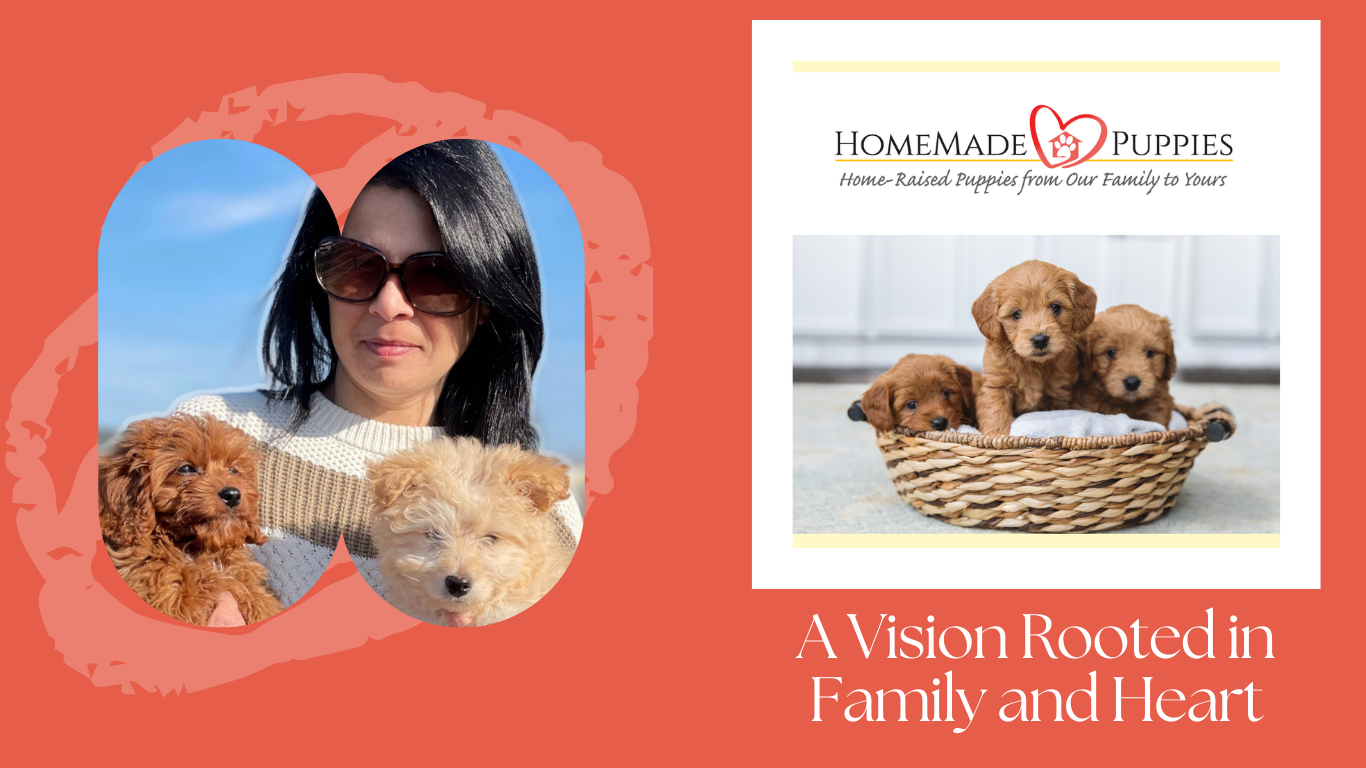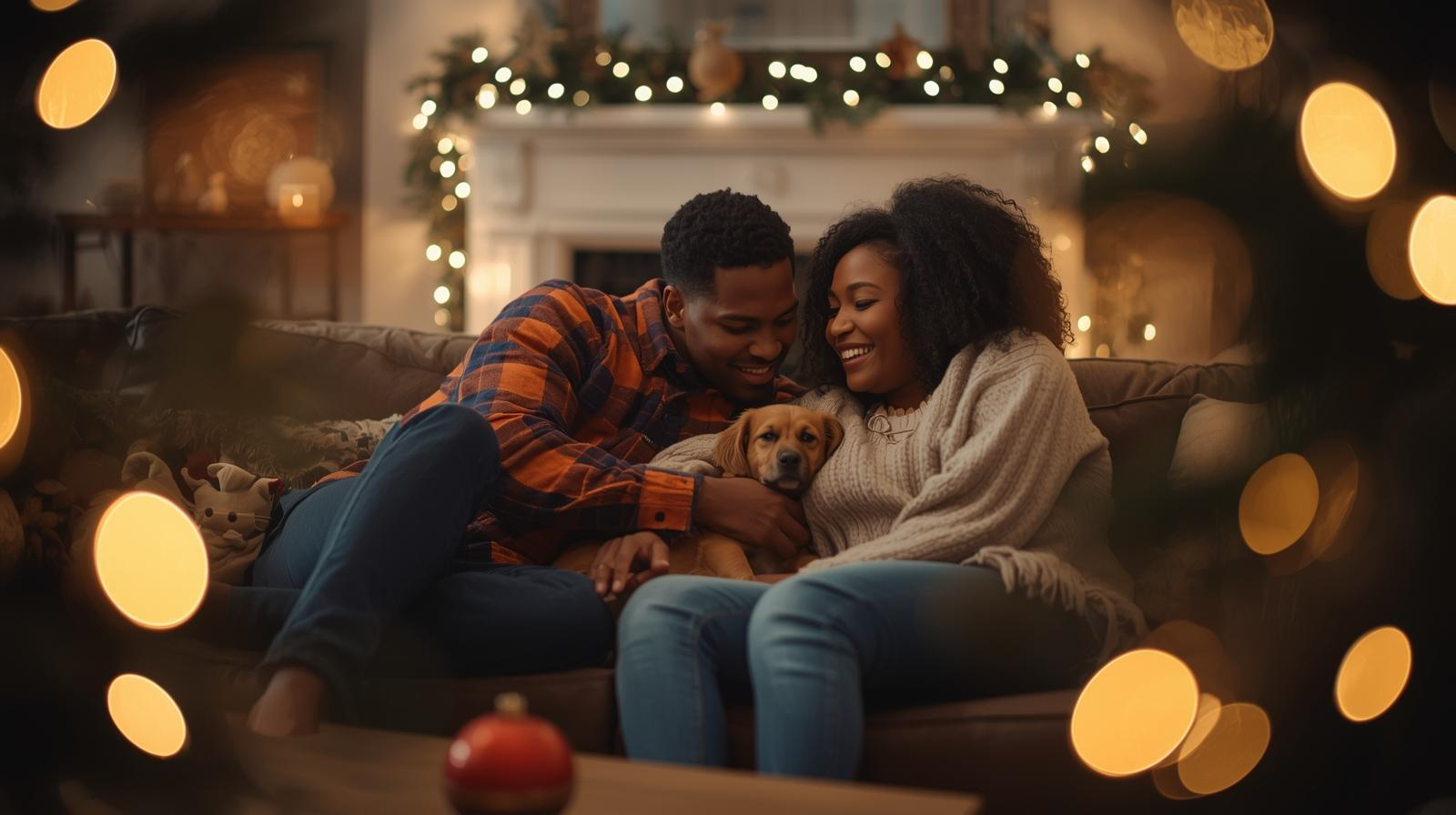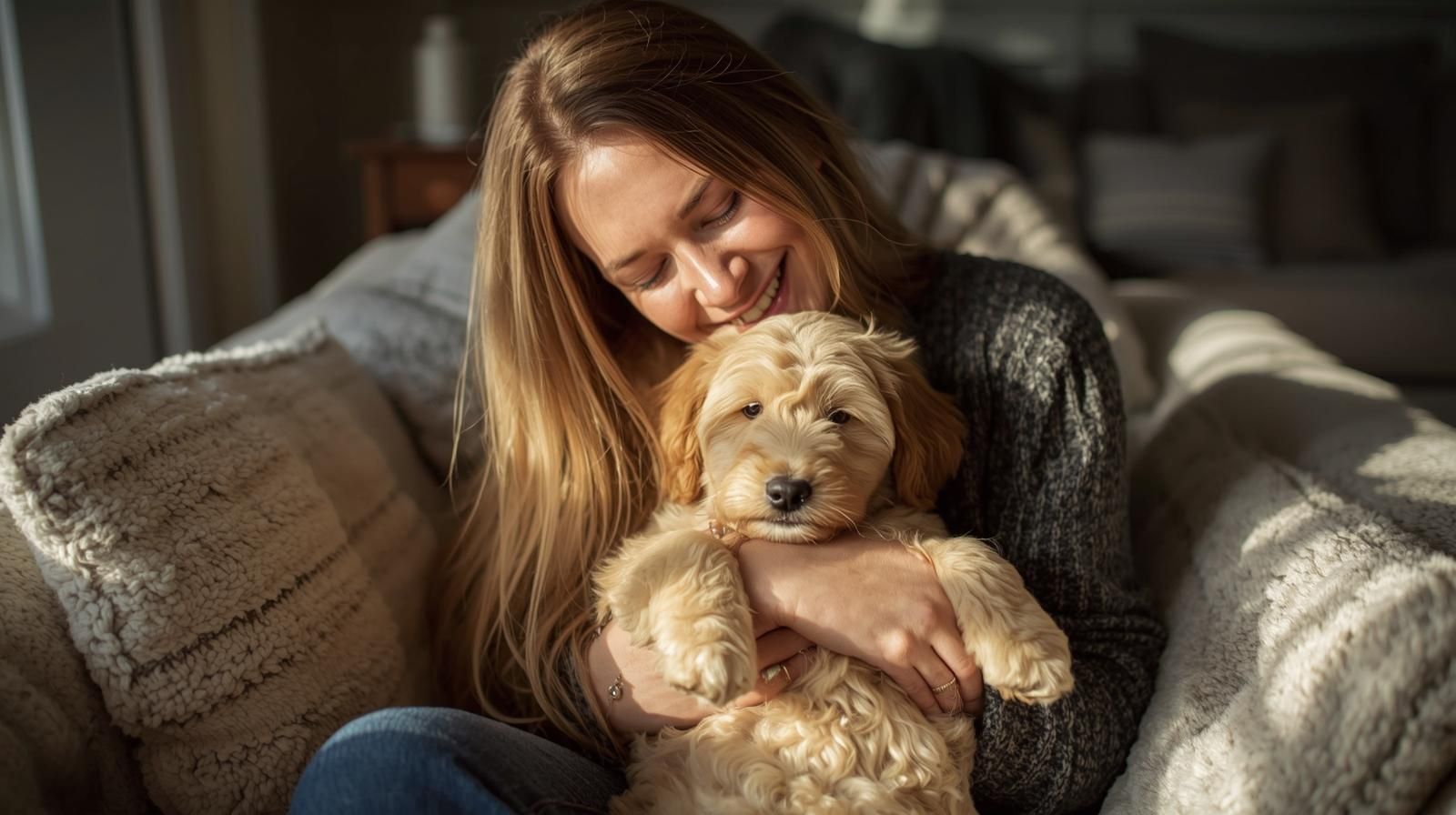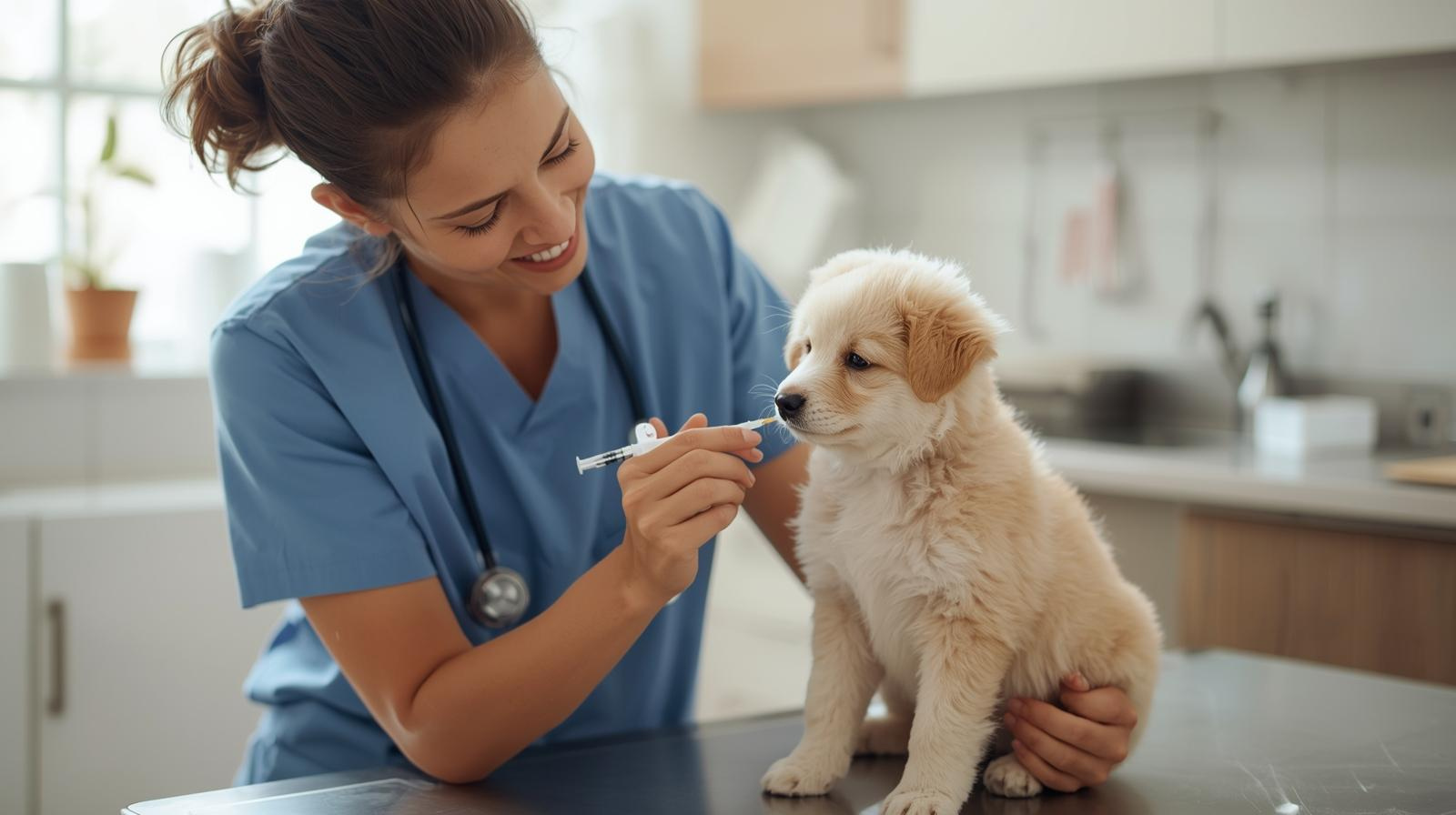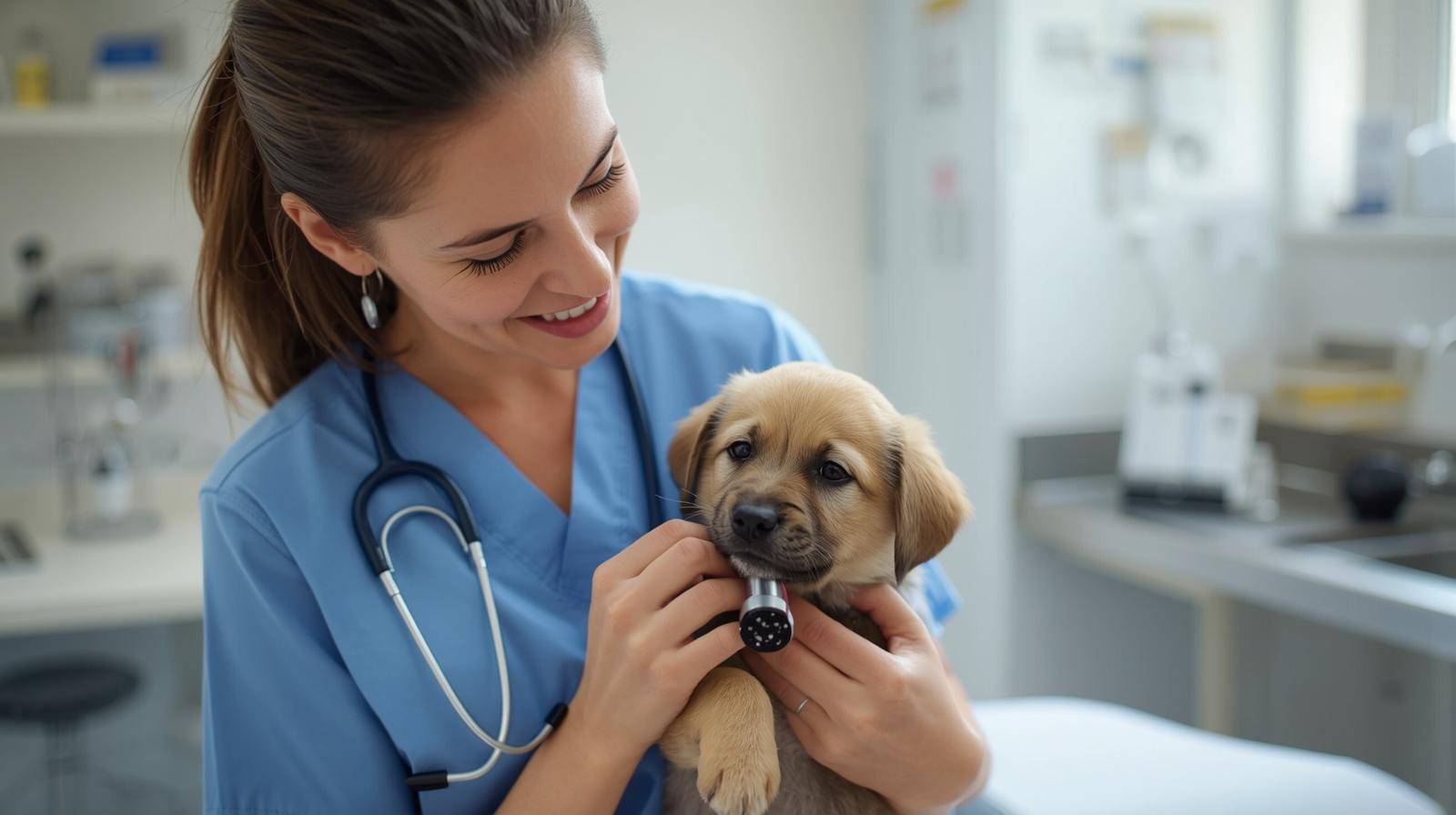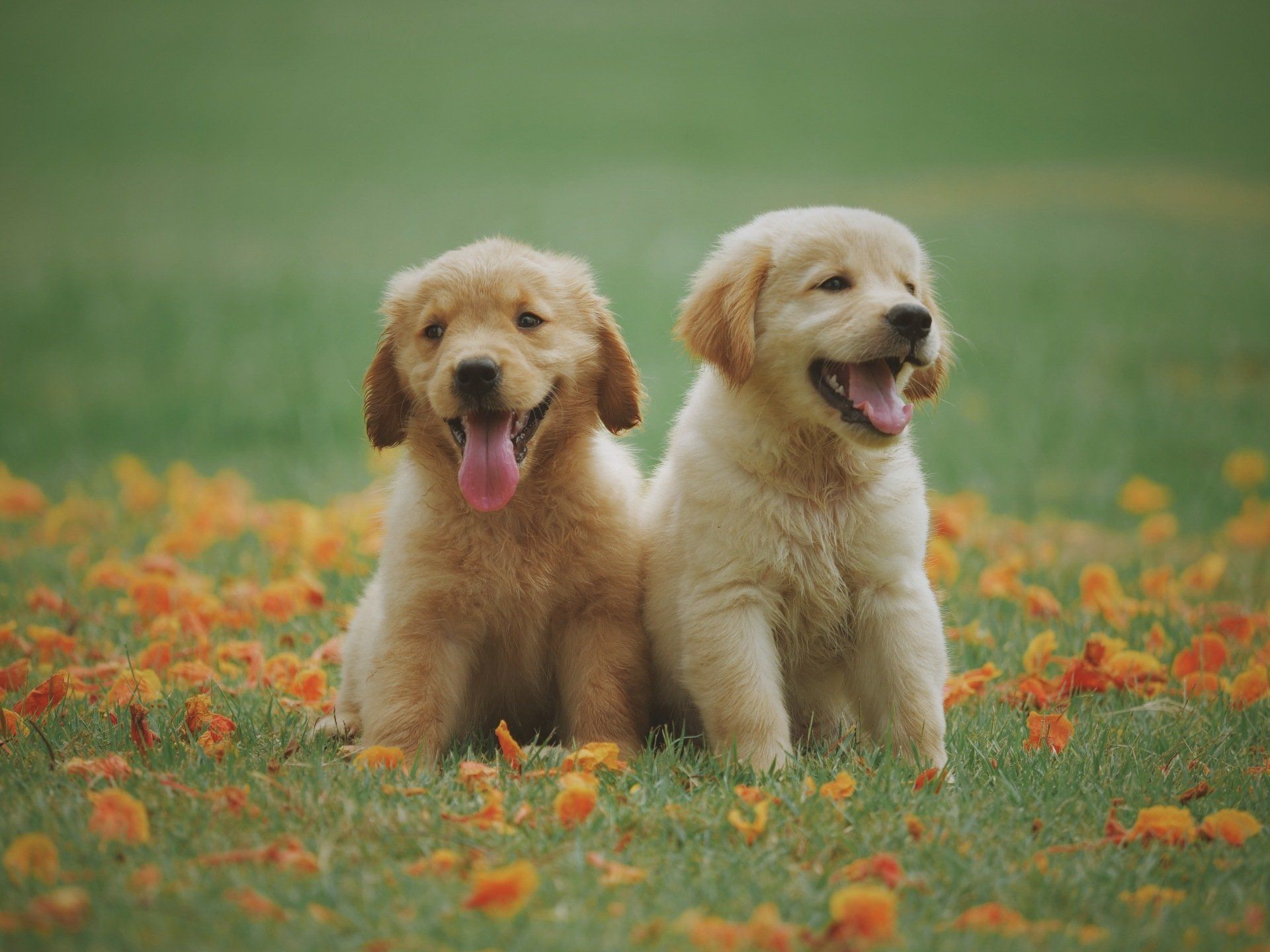Hypoallergenic Dogs: What Families and Responsible Breeders Should Know
The Myth and the Meaning
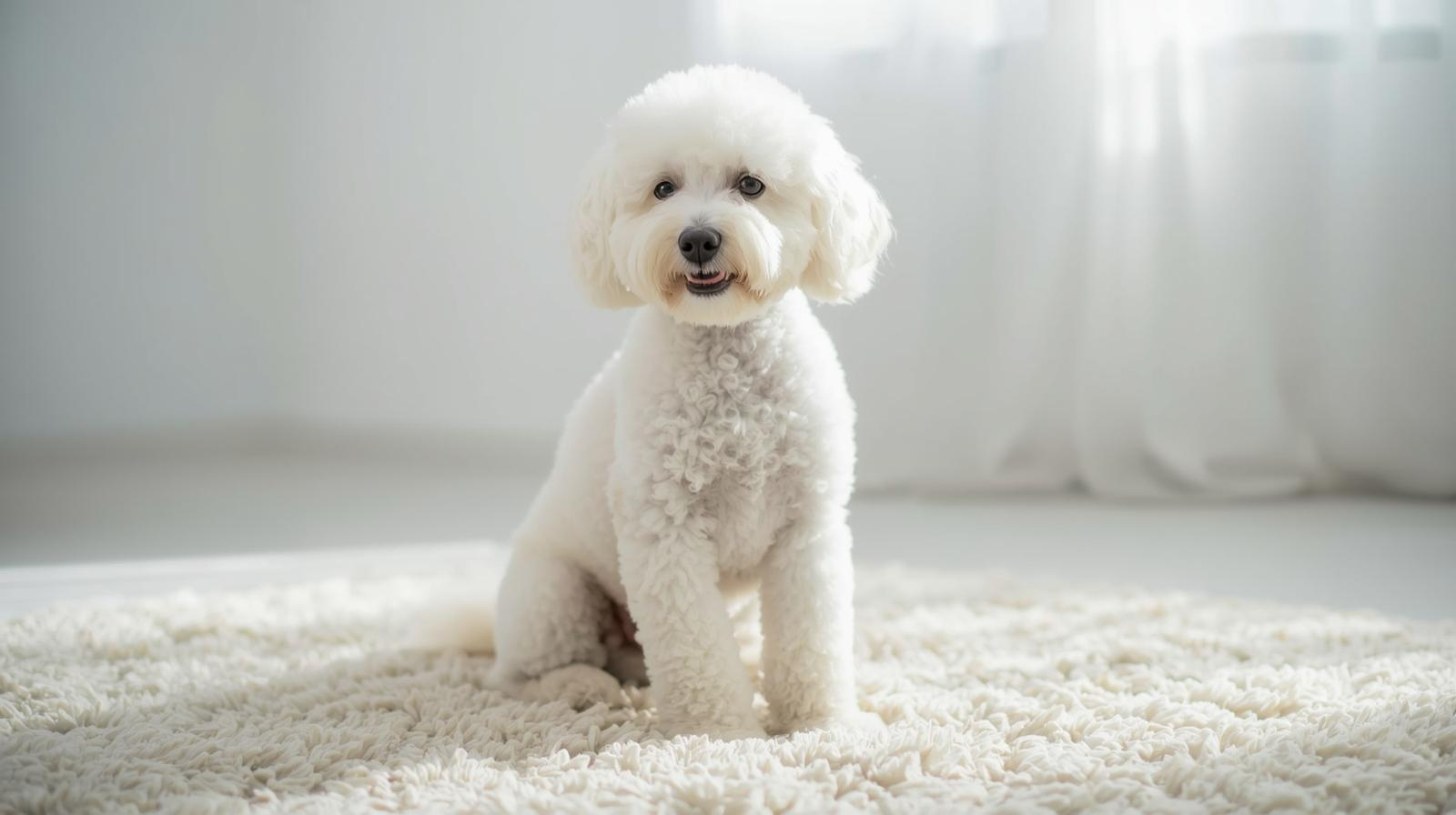
Many families searching for a new puppy hope to find one that will not trigger allergies. The term hypoallergenic dog appears everywhere online, but the truth is that no breed is completely free from allergens.
At Homemade Puppies, we believe transparency and education matter. Understanding what “hypoallergenic” really means — and what it does not mean — helps families make confident, realistic decisions.
What Does “Hypoallergenic” Actually Mean?
The word hypoallergenic refers to dogs that may produce fewer allergens, not zero allergens. All dogs create allergy-triggering proteins found in:
- Saliva
- Dander (dead skin flakes)
- Urine
When a dog sheds or licks itself, these proteins spread into the environment. Even hairless breeds can still cause reactions.
The difference lies in how much of the allergen gets released into the air and how easily it clings to hair and surfaces. Breeds that shed less — or whose coats trap dander — may cause fewer symptoms for sensitive individuals.
American College of Allergy, Asthma & Immunology’s guidance on pet allergies
Breeds Often Described as Lower Allergenic
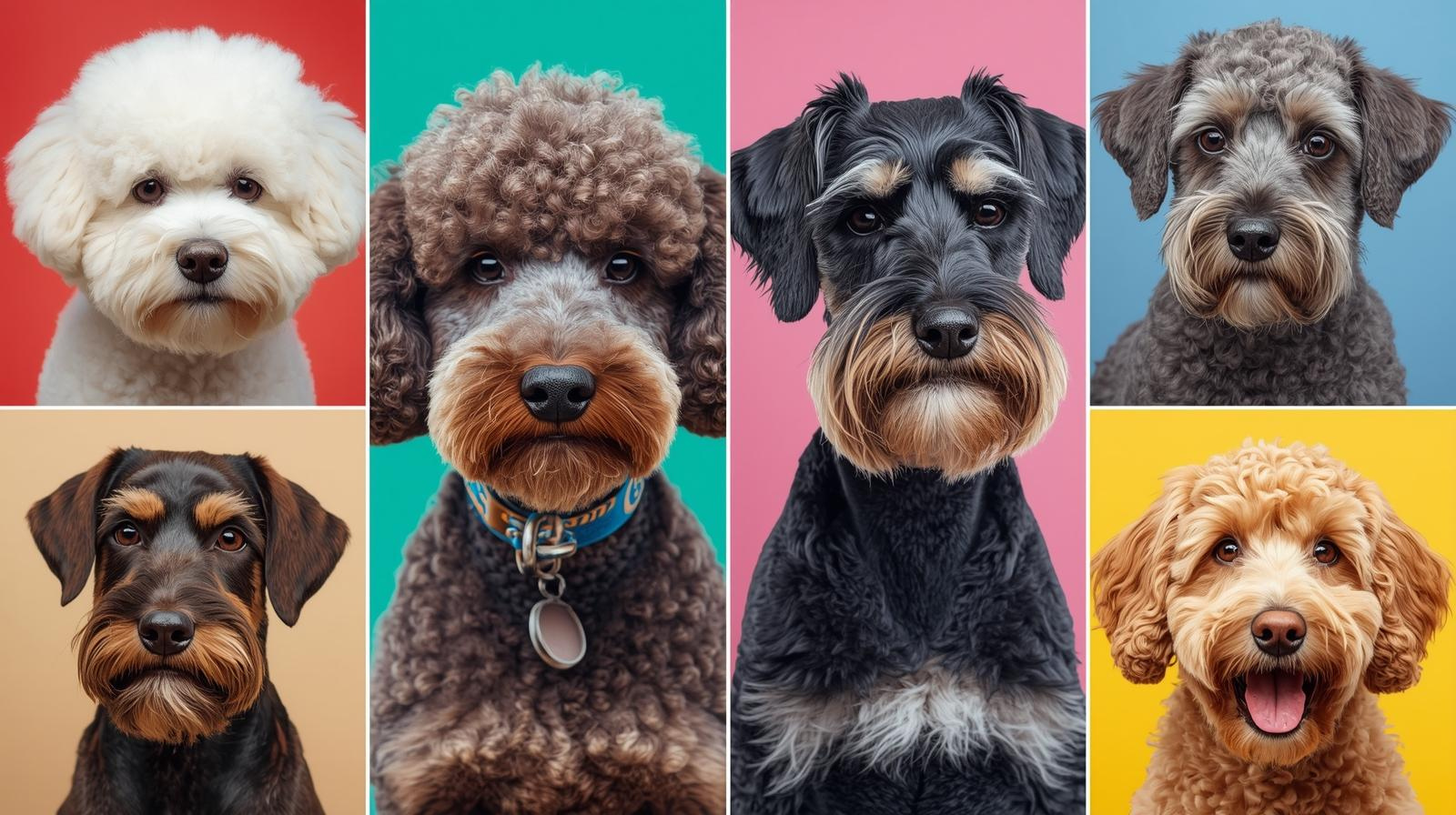
While nothing is guaranteed, certain breeds and coat types are associated with reduced allergen exposure, including:
- Poodles
- Bichon Frises
- Portuguese Water Dogs
- Schnauzers
- Multi-generational Doodles (Labradoodles, Goldendoodles, Sheepadoodles)
These breeds shed minimally and often keep dander closer to the skin until grooming removes it.
How Genetics and Generations Influence Allergenic Traits
Allergen production is influenced by genetics. Traits such as:
- Shedding level
- Coat texture
- Curl pattern
- Saliva composition
…are inherited and vary between individual dogs.
Generations Matter in Crossbreeds
In mixes such as Goldendoodles or Cavapoos, early generations (F1, F1b) can have more variability in coat type. Multi-generational lines (F2, F3, etc.) — where responsible breeders selectively pair low-shedding parents — often produce more consistent results.
But genetics can never guarantee a dog will be hypoallergenic.
Even within the same litter, some puppies may trigger symptoms while others may not. Responsible breeders communicate openly about this and help families make informed choices.
The T-Shirt Test
Some breeders in our network offer a helpful “t-shirt test.” A clean shirt is rubbed on puppies and bedding, then sent home so the allergy-sensitive person can wear it for several hours. It’s a simple way to gauge potential reactions.
A combination of grooming, good home maintenance, and realistic expectations can make dog ownership possible for sensitive families.
How Homemade Puppies Promotes Transparency
Our network of small, home-based breeders focuses on education, not sales language. We encourage breeders to clearly explain:
- Coat types
- Generational history
- Grooming needs
- What “low shedding” realistically means
By connecting informed families with responsible breeders who value honesty and health, we help create matches that last.
Every puppy’s story begins with transparency — the foundation for a confident, happy home.
Closing Thoughts
There is no such thing as a completely hypoallergenic dog — but there are well-bred, low-shedding dogs that may be more compatible for allergy-sensitive families.
Genetics, grooming, and environmental care all play important roles. At Homemade Puppies, we believe knowledge leads to better matches. Families who understand the facts can choose confidently, and responsible breeders help set every puppy up for success.

